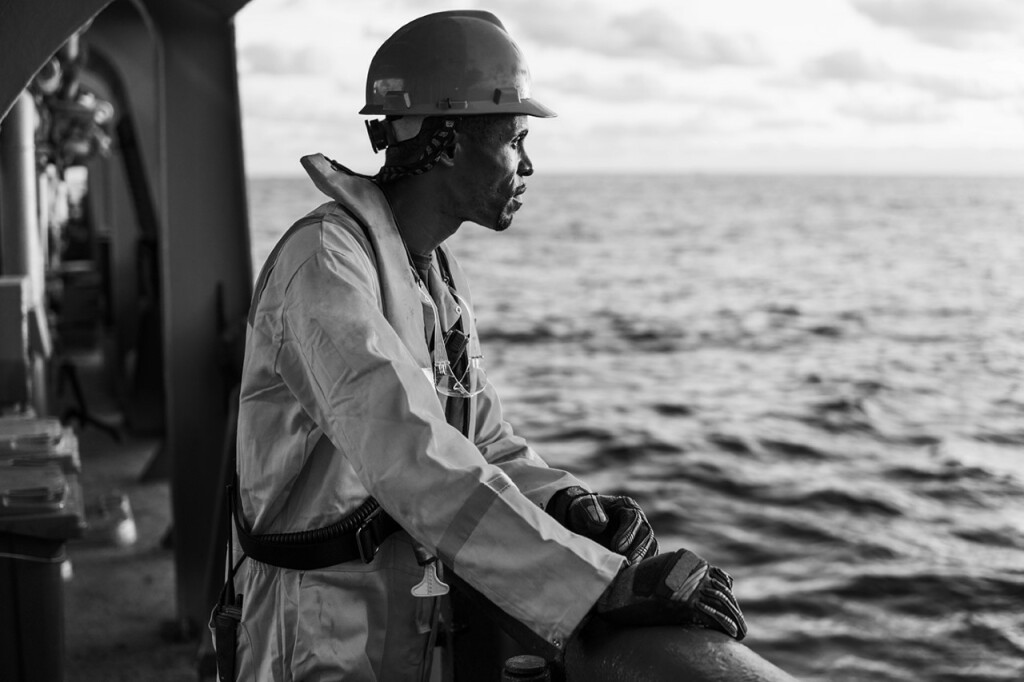Reported rates of seafarer abandonment show no signs of slowing, with current figures listing 9,925 men and women cast adrift over the last 20 years, according to a new report released theis month by ESG-focused digital maritime platform, RightShip.
Abandonment case disputes, according to RightShip, are still causing unacceptable levels of financial hardship, with the latest data showing that over the last 20 years unpaid monies to abandoned seafarers is approximately $40 million (US).
According to the International Maritime Organization’s (IMO) definition, abandonment occurs when a shipowner is unable to cover the cost of a seafarer’s repatriation and fails to pay wages for at least two months, has left seafarers without maintenance and support, or otherwise severs ties with the crew. In cases of sudden abandonment, these people are left to suffer without food, water, supplies, medicine and the ability to reach shore to contact anyone. Living under these conditions can have devastating consequences, including loss of life through neglect or suicide, RightShip said.
“When abandoned on vessels, seafarers are left alone to fend for themselves while corporations avoid their responsibilities," Steen Lund, CEO, RightShip, said in a statement. "When those who destroy the lives of seafarers also employ them, it is, in all senses, deeply troubling. However, as regulators and RightShip begin to clamp down on due diligence at all points in the supply chain, there will be catastrophic financial implications for those who partner with irreputable ship managers.”
The rise in ESG compliance regulations mean that charterers, bankers and financiers are increasingly being asked to evidence due diligence when it comes to selecting their partners, with open abandonment cases reflecting poorly on ship owners and managers.
“We already identify vessels guilty of abandonment linked to a company in the RightShip Platform,." Lund said. "We cannot and will not recommend them to our customers for voyages and we mark them unacceptable during the vetting process. Operators who have little regard for the welfare and human rights of their crew must not be allowed to continue to operate. But we know we can do more, and so can the more than 1,000 ship management companies that have not declared their hand by refraining from completing the Crew Welfare Self-Assessment.”
The assessment encourages organizations to engage with and improve crew welfare and, in conjunction with crew abandonment data in the RightShip Platform, allows charterers to select vessel owners and managers which have made public commitments to high crew welfare standards. As of early 2023, RightShip received Crew Welfare Self Assessments from 226 DOC (Document of Compliance) holders covering over 6,150 vessels.
“When seafarer abandonment still happens, it is largely down to the ruthlessness of capitalism," said Lund. "Wanting to eliminate the issue means putting in place your best management practices to stop it.”





